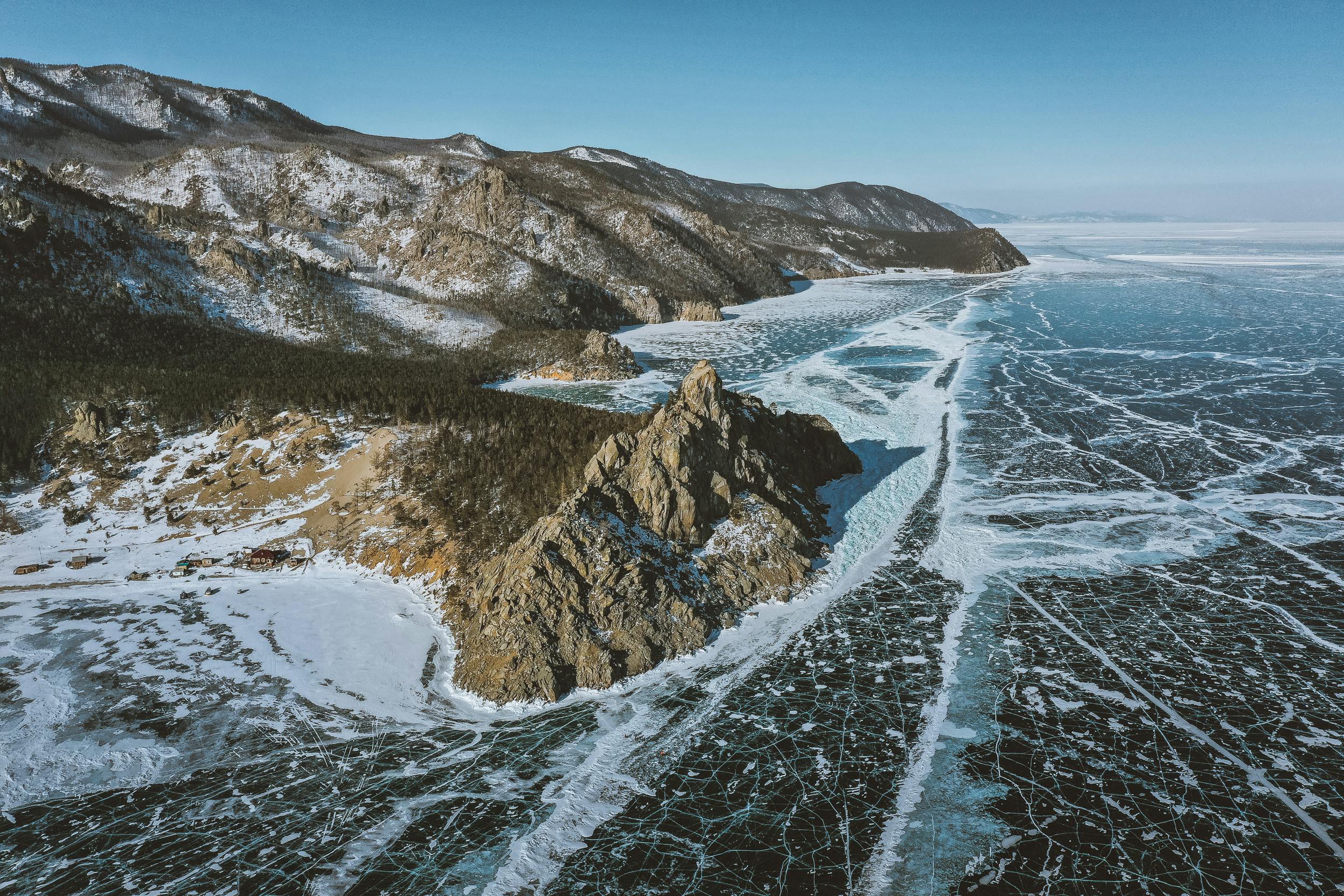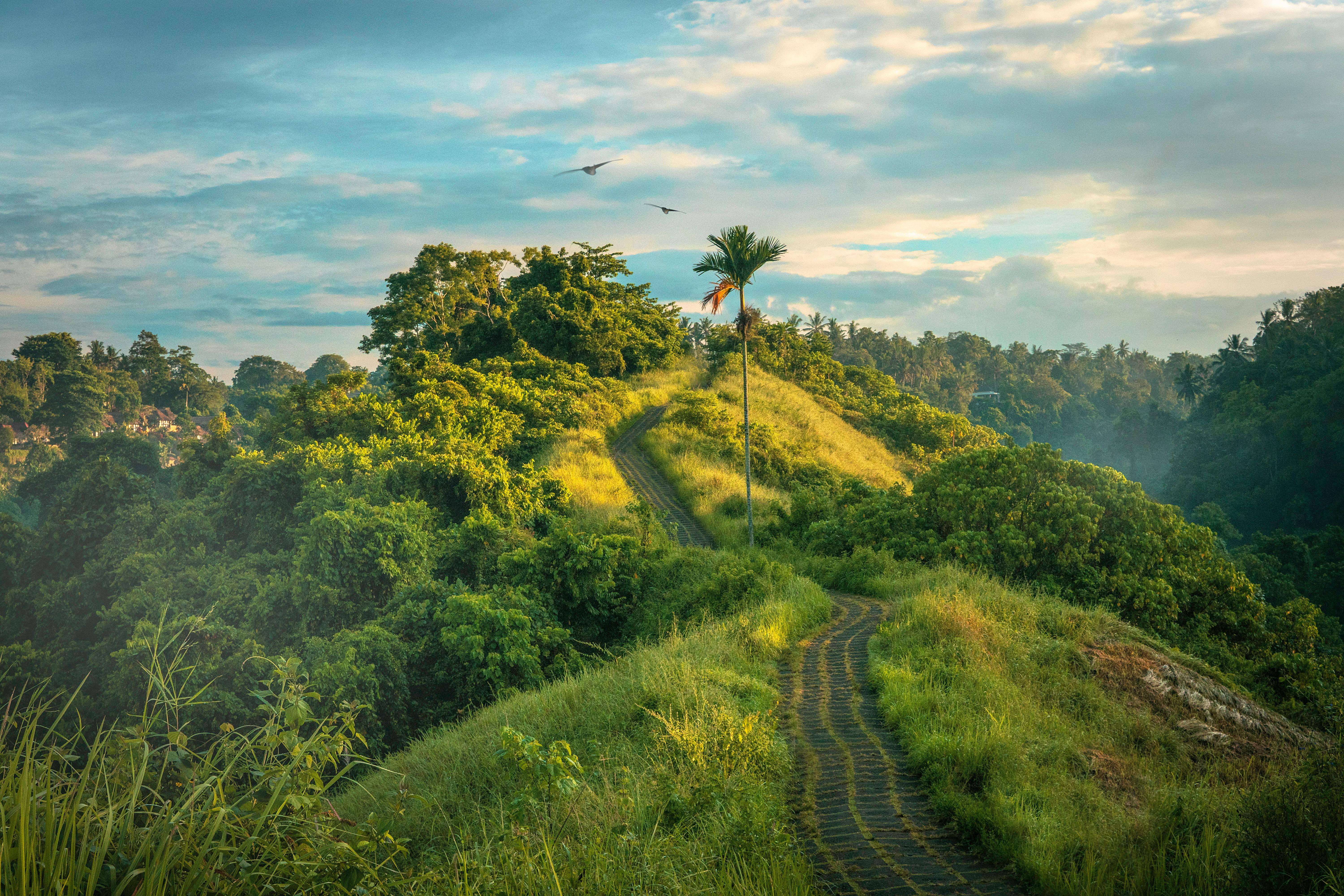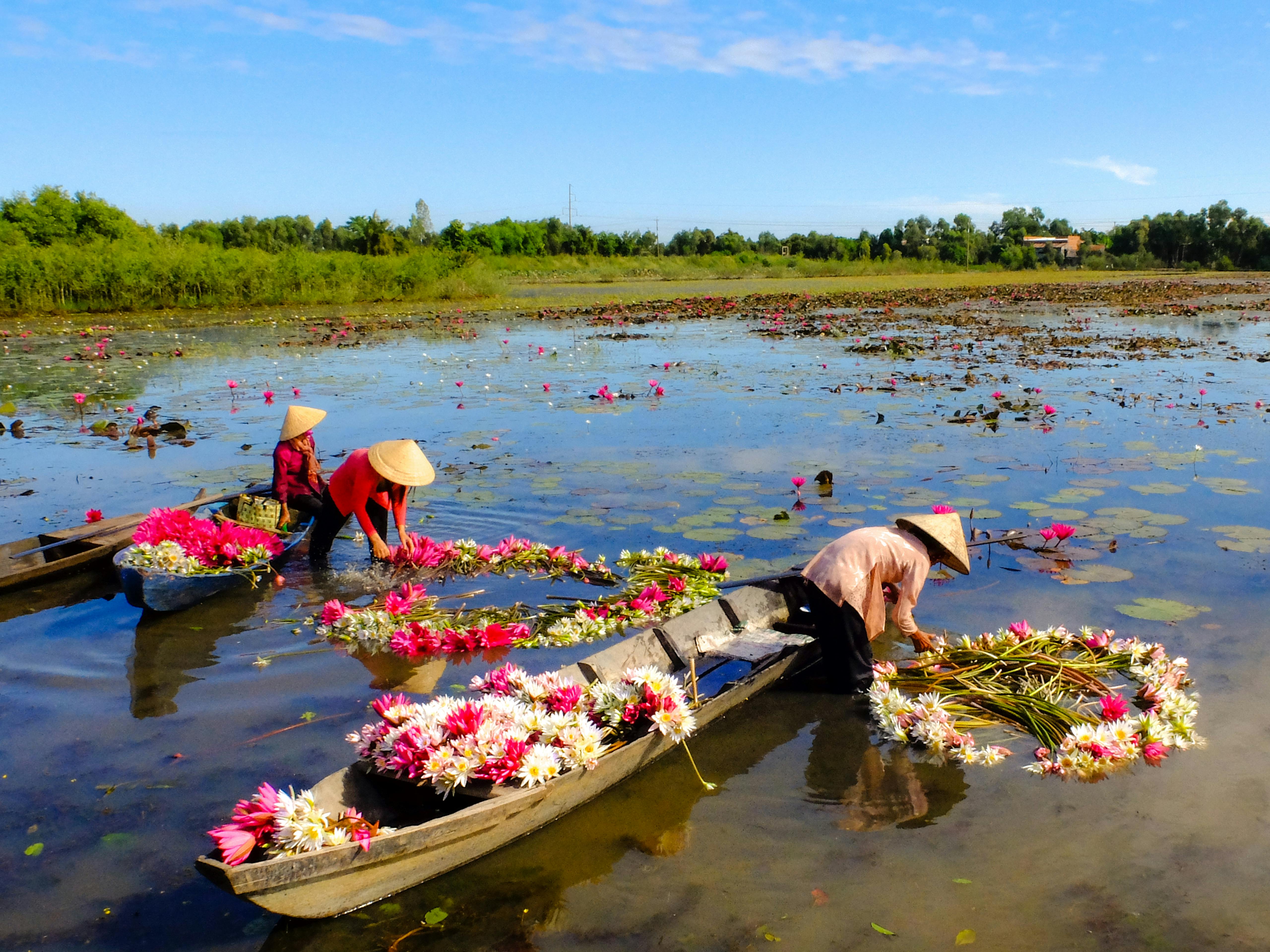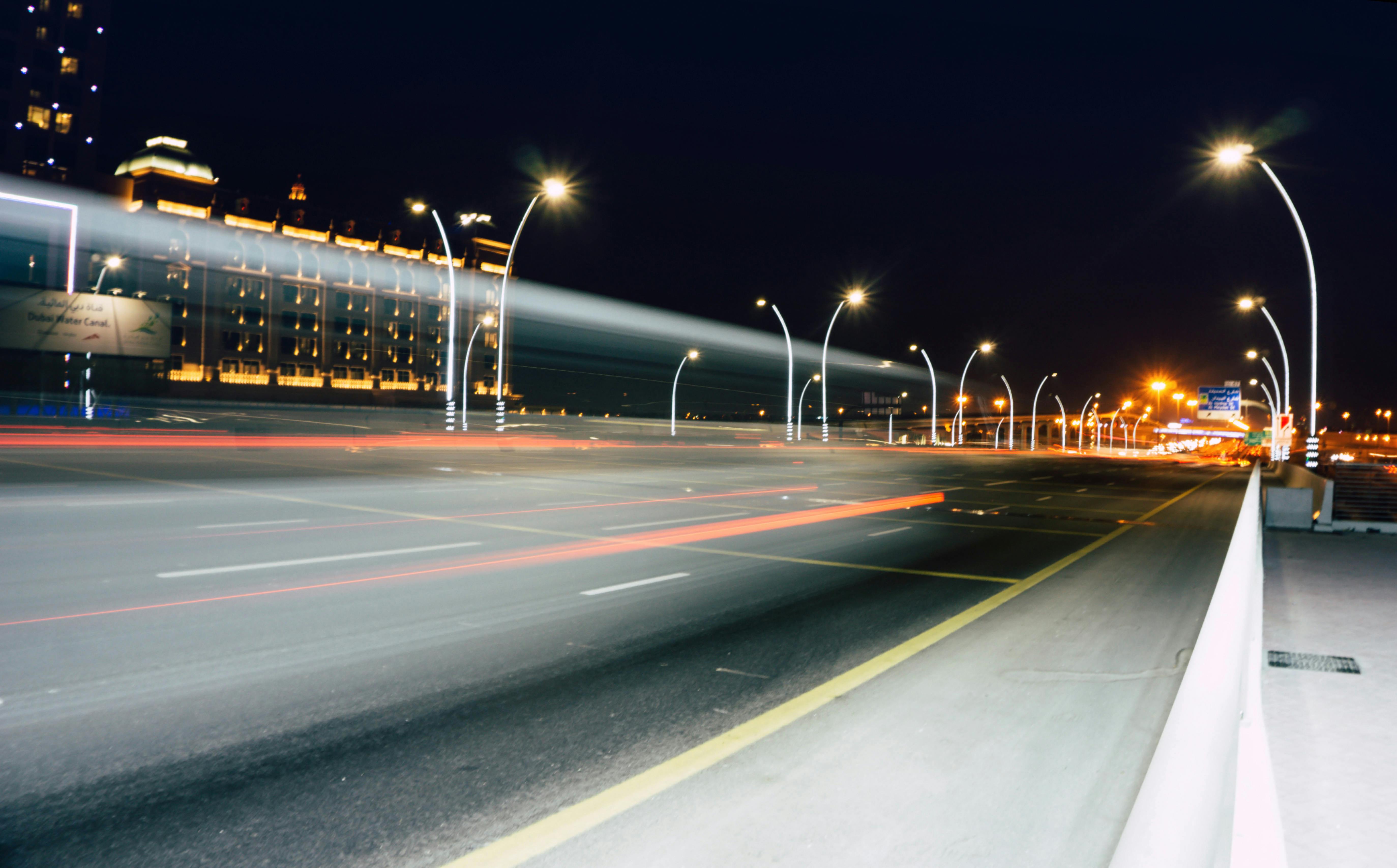The Marangu route is often considered the easiest route on Mount Kilimanjaro, but don’t be fooled as no route on Kilimanjaro is “easy”. This rating is given to you as you cover greater distances each day, which means that the ascent per day is more gradual. Unlike the other routes on the mountain, Marangu can be completed in five days and is one of the shortest routes. Accommodation is in shared dormitory-style mountain cabins as opposed to all other routes, which make use of tents.
The downside of Marangu is that it offers little chance of acclimatization on the “climb high, sleep low” principle. It is also, due to its “easier route” status, often selected by people who are less fit and find it the easy option to get to the top. Unfortunately, the result is that the number of people reaching the summit is less than on most other routes. Another factor to consider is that the ascent and descent are done by the same route, which limits the variation in the landscape.
To make the Marangu trek a success, it is advisable to add a day of acclimatization trek from Horombo Huts to Zebra Rocks, and back to Horombo Huts to spend the night.
The Rongai route is also known as the ‘Loitokok’ route or what used to be called, the old ‘Exit Route’. The trail starts near the Kenyan border and ascends in a northerly direction. Rongai’s ascent profile is similar to the Marangu route and is considered the second easiest route. It meets the Marangu Trail at Kibo Huts where the paths join and lead to the summit.
It also doesn’t offer much via the ‘climb high, sleep low’ principle, so adding an extra day to the trek is beneficial if you want to increase your chances of success.
One of the benefits of the route is that it is a very quiet and less populated route. The accommodation is in tents and the descent from the summit is directed by the Marangu Route.
The Machame trail begins in the Machame forest on the opposite side of the mountain from the Rongai trail. The path climbs through the thick forest in a southwesterly direction, taking a total of 6 days to reach the top. The beauty of the Machame route is that after the forest area, the route heads east, giving you incredible views of the Shira volcano. It is considered one of the steepest routes to the summit, but it is very scenic. The third night you spend one night at the Baranco camp, which is at a lower elevation than the second night camp, ensuring better acclimatization. Accommodation on the Machame route is in tents.
The starting point for the Shira and Lemosho routes is at the western end of the mountain. Like Machame, both routes are classified as very scenic. However, the ascent profile of the Shira route on the first day is steep, as it ascends to 3,500m from 2,200m. The path then meanders through the Shira Plateau, where it finally joins the Lemosho and Machame routes near Lava Tower. The rest of the route follows the same paths as the Machame Route and the accommodation is in tents.
Unlike Shira and Machame, the Lemosho route covers a greater distance in the first two days, and more time is spent in the rainforest. Therefore, it is best to do this route for seven or eight days. Like Rongai, it is a quieter route for the first few days until it joins the Shira and Machame routes. Accommodation is in tents.
The Umbwe route is the toughest and steepest route to the top and should not be undertaken by anyone who is out of shape or used to steep walks. The route heads directly up north to the Baranco Wall, where it joins the Shira, Lemosho and Machame routes. It has a steep ascent profile and offers fewer opportunities to acclimatize properly.
The Northern Circuit route is the newest path to open up Kilimanjaro and is often called the ‘360 Route’ or the ‘Grand Traverse’. Like Shira and Lemosho, it starts on the western side of the mountain at almost 3000m.
The trek can be done in seven days, but is best completed in eight days. Of all the routes, it offers a good acclimatization since the unevenness every day is very low. It is also very quiet, as the route is rarely used and often its only companions in camp are voles. Only when you join the Rongai Route at the ‘Third Caves Camp’ and later at the ‘Kibo Shelters’ do you see other people. The final path to the summit joins the Marangu route and then descends the Mweka route.
Choosing the route that’s right for you will depend on what you want to get out of the hike, taking into account things like fitness, scenery, amount of time, cost, and whether or not you’re happy sleeping in a tent. As the saying goes, “all roads lead to Rome”, and in this case, all roads lead to the top of Kilimanjaro. Which route you choose is up to you.



